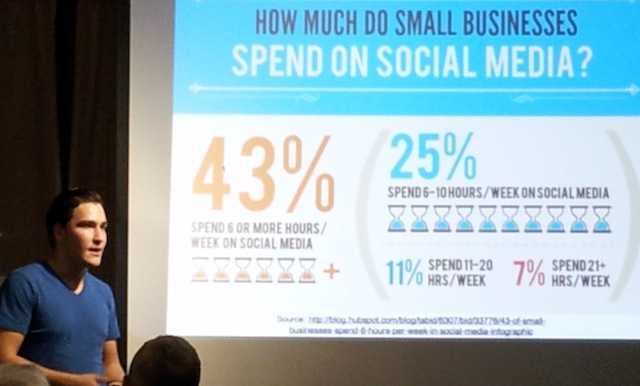Introduction
Have you ever wondered how your wardrobe choices can make a difference in the world? Welcome to the world of sustainable fashion, where style meets ethics, and yes, it’s also a smart investment! Let’s dive into the fabulous realm of sustainable fashion and see how it’s changing the game for both the industry and investors.
Understanding Sustainable Fashion
So, what exactly is sustainable fashion? In simple terms, it’s fashion that respects the planet and the people on it. This means using eco-friendly materials, ensuring fair labor practices, and reducing waste. The traditional fashion industry is a notorious polluter, responsible for 10% of global carbon emissions and producing 92 million tons of waste annually. Sustainable fashion aims to flip the script, creating beautiful clothes without the environmental and social baggage.
The Ethical Side of Fashion
Sustainable fashion isn’t just about being green; it’s also about being fair. Brands committed to sustainability ensure that their workers are paid fairly and work in safe conditions. They use eco-friendly materials like organic cotton, hemp, and recycled fabrics. For example, Patagonia, a pioneer in ethical fashion, has been using recycled materials since 1993 and ensures fair labor practices throughout its supply chain.
Investment Opportunities in Sustainable Fashion
Now, let’s talk money! The market for sustainable fashion is booming. In 2020, the global ethical fashion market was valued at $6.35 billion and is expected to reach $8.25 billion by 2025. Investors are eyeing sectors like eco-friendly materials, ethical production processes, and sustainable retail. Brands like Allbirds, known for their comfy shoes made from natural materials, have shown that you can be both profitable and sustainable.
Economic Benefits of Sustainable Fashion
Investing in sustainable fashion isn’t just good for the planet; it’s also good for the wallet. Sustainable practices often lead to cost savings through efficient resource use and waste reduction. Consumers are increasingly demanding sustainable products, with 66% willing to pay more for eco-friendly goods. This demand translates into long-term profitability and strong brand loyalty. Just look at Stella McCartney, a luxury brand committed to sustainability, which has seen consistent growth and a dedicated customer base.
Challenges in Sustainable Fashion
Of course, it’s not all smooth sailing. Sustainable fashion faces challenges like high initial costs and the need for significant investment in new technologies. There’s also the issue of greenwashing, where companies falsely claim to be sustainable. Balancing style, quality, and sustainability can be tricky, but the rewards are worth it. For instance, it took Allbirds two years to develop their eco-friendly, high-quality wool fabric.
Case Studies of Sustainable Fashion Brands
Let’s check out some trailblazers:
· Patagonia: Known for its commitment to sustainability, Patagonia uses recycled materials and donates 1% of its sales to environmental causes. Since 1985, they’ve donated over $89 million to environmental groups.
· Stella McCartney: This luxury brand focuses on eco-friendly materials and ethical practices. Stella McCartney avoids leather and fur and uses innovative materials like mushroom leather.
· Allbirds: Famous for their comfortable shoes made from natural materials like wool and eucalyptus. Allbirds has been carbon neutral since 2019 and continues to innovate in sustainable materials.
The Role of Technology in Sustainable Fashion
Technology is playing a huge role in driving sustainability in fashion. Innovations in sustainable materials, like lab-grown leather and biodegradable fabrics, are game-changers. Digital platforms are increasing transparency and traceability, helping consumers make informed choices. Companies like EON are creating digital IDs for garments, tracking their lifecycle from production to disposal. Plus, advancements in recycling and waste reduction are making it easier to turn old clothes into new ones.
Consumer Trends and Behavior
The shift towards conscious consumerism is real. Millennials and Gen Z are leading the charge, with 73% willing to pay more for sustainable products. Social media amplifies this trend, with influencers and celebrities promoting eco-friendly brands. Platforms like Instagram and TikTok are filled with sustainable fashion tips, making it cool to care about the planet.
How to Start Investing in Sustainable Fashion
Ready to jump on the sustainable fashion bandwagon? Start by researching and identifying ethical brands. Look for companies with transparent supply chains and strong sustainability commitments. Understand the market and its growth potential. Build a diversified investment portfolio that includes sustainable fashion stocks, funds, and other assets.
Bright Future of Sustainable Fashion
Looking ahead, the future of sustainable fashion is bright:
· Policy and Regulation: Governments are introducing stricter regulations to promote sustainability in fashion.
· Emerging Markets: Countries like India and China are becoming hubs for sustainable fashion.
· Innovation: Expect to see more innovations in sustainable materials and circular fashion models, where products are designed to be reused and recycled.
Conclusion
Sustainable fashion is more than just a trend; it’s a movement towards a better, greener future. By embracing sustainable practices, you can look good, feel good, and make a positive impact on the world. So, why not explore ethical investments and be a part of this exciting revolution?


